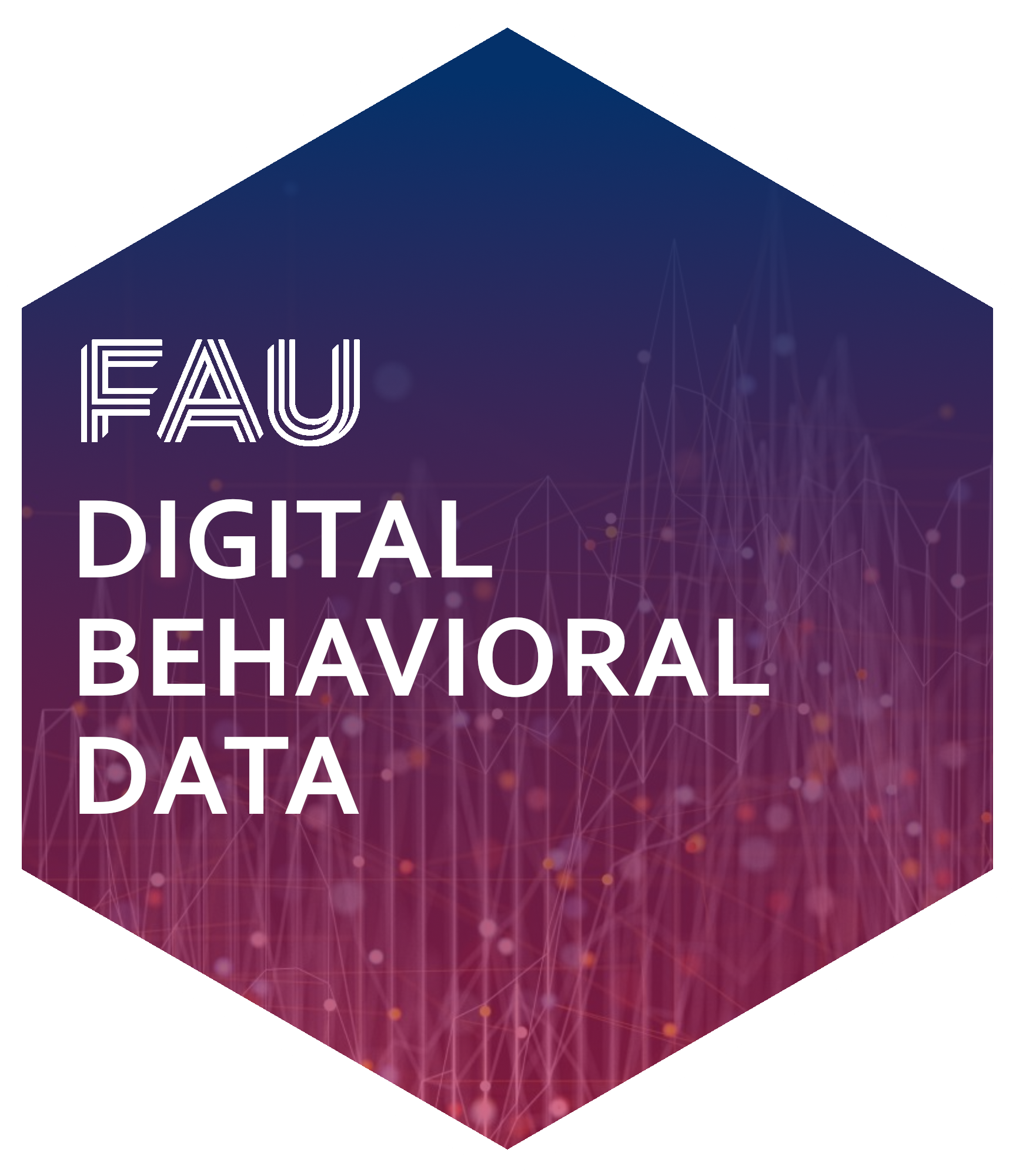Session 4
📚 -Nutzung im Fokus: Motivation & Interaktionen
Literature
The following sections list the mandatory articles for the each presenting group. Additional optional articles are provided under Further reading.
📚 Thema 1: Motivation für die Nutzung von Twitch
- Hilvert-Bruce, Z., Neill, J. T., Sjöblom, M., & Hamari, J. (2018). Social motivations of live-streaming viewer engagement on twitch. Computers in Human Behavior, 84, 58–67. https://doi.org/10.1016/j.chb.2018.02.013
- Castro-Agirre, I., & Martínez-Fernández, G. (2024). From gamer niche to mainstream media: Twitch’s most popular media figures and content. Communication & Society, 179–196. https://doi.org/10.15581/003.37.2.179-196
- Nguyen, T. T., & Veer, E. (2024). Why people watch user-generated videos? A systematic review and meta-analysis. International Journal of Human-Computer Studies, 181, 103144. https://doi.org/10.1016/j.ijhcs.2023.103144
Further Readings
- Gros, D., Hackenholt, A., Zawadzki, P., & Wanner, B. (2018). Interactions of Twitch Users and Their Usage Behavior (G. Meiselwitz, Ed.; pp. 201–213). Springer International Publishing. https://doi.org/10.1007/978-3-319-91485-5_15
- Zimmer, F., Scheibe, K., & Stock, W. G. (2018). A Model for Information Behavior Research on Social Live Streaming Services (SLSSs) (G. Meiselwitz, Ed.; pp. 429–448). Springer International Publishing. https://doi.org/10.1007/978-3-319-91485-5_33
- Xu, X.-Y., Niu, W.-B., Jia, Q.-D., Nthoiwa, L., & Li, L.-W. (2021). Why Do Viewers Engage in Video Game Streaming? The Perspective of Cognitive Emotion Theory and the Moderation Effect of Personal Characteristics. Sustainability, 13(21), 11990. https://doi.org/10.3390/su132111990
- Kneisel, A., & Sternadori, M. (2023). Effects of parasocial affinity and gender on live streaming fans’ motivations. Convergence, 29(2), 322–341. https://doi.org/10.1177/13548565221114461
📚 Thema 2: Kommunikation und Interaktion auf Twitch
- Jacobs, N., & Booth, P. (2021). Converging experiences, converging audiences: An analysis of doctor who on Twitch. Convergence: The International Journal of Research into New Media Technologies, 27(5), 1324–1342. https://doi.org/10.1177/1354856520976447
- Dutt, S., & Graham, S. (2023). Video, talk and text: How do parties communicate coherently across modalities in live videostreams? Discourse, Context and Media, 55. https://doi.org/10.1016/j.dcm.2023.100726
- Navarro, A., & Tapiador, F. J. (2023). Twitch as a privileged locus to analyze young people’s attitudes in the climate change debate: a quantitative analysis. Humanities and Social Sciences Communications, 10(1), 1–13. https://doi.org/10.1057/s41599-023-02377-4
Further Readings
- Young, A., & Wiedenfeld, G. (2022). A Motivation Analysis of Video Game Microstreamers: “Finding My People and Myself” on YouTube and Twitch. Journal of Broadcasting & Electronic Media, 66(2), 381–399. https://doi.org/10.1080/08838151.2022.2086549
- Lessel, P., Altmeyer, M., Sahner, J., & Krüger, A. (2022). Streamer’s hell - investigating audience influence in live-streams beyond the game. Proc. ACM Hum.-Comput. Interact., 6(CHI PLAY), 252:1252:27. https://doi.org/10.1145/3549515
- Mao, E. (2022). How live stream content types impact viewers’ support behaviors? Mediational analysis on psychological and social gratifications. Frontiers in Psychology, 13. https://doi.org/10.3389/fpsyg.2022.951055
Back to course schedule ⏎
